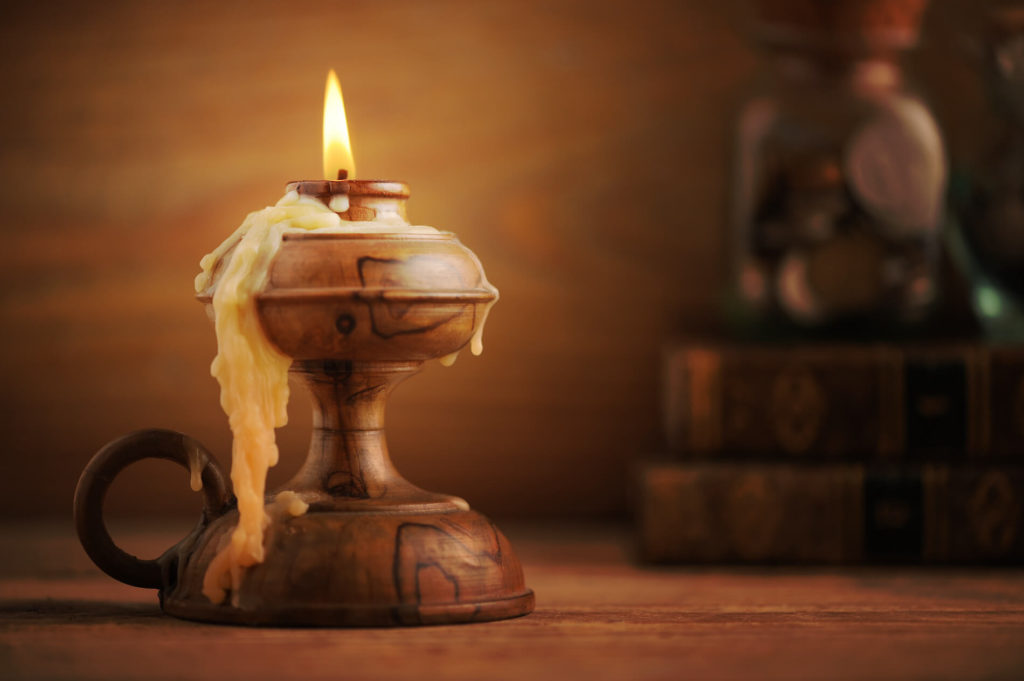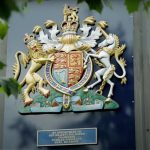From ancient civilisations to modern-day indulgences, candles have stood as a symbol of illumination, tranquillity, and elegance. In this enlightening Charles Farris blog post, we delve into the fascinating origins, remarkable transformations, and enduring allure of these timeless treasures. This will include the following topics:
- Ancient Origins: The Birth of Candlelight
- Shining Through the Ages: Candlelight in Different Eras
- From Functional to Decorative: Candles in the Modern Era
Ancient Origins: The Birth of Candlelight
In the dim recesses of time, flickering flames emerged as humanity’s first source of light. Ancient civilisations like Mesopotamia and Egypt hold the torch of early candle usage, shedding light on the ingenuity and resourcefulness of our ancestors.
Fragments of clay pots discovered amidst the remnants of these ancient cultures offer evidence of the earliest candle-like objects. These primitive vessels, filled with liquid fats or oils, were adorned with a makeshift wick, typically fashioned from twisted reeds or papyrus fibres.
The materials used by early societies were primarily animal fats. Rendered from the carcasses of sheep, cattle, or even fish, it was a readily available fuel source. Remarkably, these enterprising civilisations also experimented with vegetable oils extracted from sesame, olives, or nuts.
Wicks were meticulously braided or twisted, drawing the molten fats or oils upward. Although these primal candles lacked the refinement and elegance of their future counterparts, they kindled a new era of enlightenment and marked the dawn of humanity’s fascination with light.
Shining Through the Ages: Candlelight in Different Eras
Mediaeval candle making
In the mediaeval period, candlemakers began adding scents for the first time to mask the strong smell of tallow. Fragrant herbs and flowers were infused into the melted tallow, imbuing the resulting candles with a more pleasant aroma. This innovation not only enhanced the sensory experience but also elevated candles from mere functional objects.
The emergence of rushlight candles offered another alternative to tallow. Rushlights were formed by coating dried rushes with animal fats, resulting in a slender, flexible wick, encased within its own fuel source. However, it was the introduction of beeswax candles that truly captured the imagination and reverence of the mediaeval world. The wax was extracted directly from the hive, before being painstakingly crafted by skilled artisans into a candle that burned with a bright, steady flame.
Renaissance candle making
Renaissance candle-making reflected the spirit of innovation that permeated the era. During this time, candlemakers refined their techniques and expanded their repertoire of materials.
One notable development was the utilisation of spermaceti, a wax-like substance derived from the oil of sperm whales. Spermaceti candles burned brighter and emitted less smoke than tallow or beeswax candles. Their introduction marked a leap forward in candle technology, providing a cleaner and more efficient source of light.
Enlightenment period candle-making
During the Enlightenment period, candles took centre stage as symbols of knowledge, reason, and refinement. Tapers, slender and elegant candles, were highly favoured during this time. It was during this period that candles became a sign of opulence, often presented on chandeliers and candelabras that were made in precious metals.
Colonial candle making
As exploration and colonisation swept across the globe, candle-making techniques were carried to distant shores. In the colonies, settlers adapted their candle-making methods to the available resources.
Bayberry wax, sourced from the berries of the bayberry shrub, became a prized material for candle-making in regions such as New England. However, the labour-intensive process of extracting the wax made bayberry candles a luxury item.
Industrial Revolution candle-making
With the advent of the Industrial Revolution, candle-making underwent a monumental shift. Traditional methods gave way to mass production techniques, thanks to the invention of machines and the availability of new materials.
The discovery and refinement of paraffin wax revolutionised the candle industry. Paraffin wax candles offered a cost-effective alternative to traditional materials while burning with a bright and steady flame.
From Functional to Decorative: Candles in the Modern Era
In recent years, the candle industry has seen another shift, with artisans and consumers alike embracing alternative materials, such as soy wax.
Even candle designs have taken on a new level of sophistication and creativity. From sleek and minimalist containers to intricately carved and moulded shapes, candles have become decorative accents that complement various interior styles.
The modern era has witnessed a shift in the perception and purpose of candles. They have become more than just a functional light source; they are now cherished elements of self-care, relaxation, and atmosphere. Whether used to create a cosy ambience during a quiet evening at home or to set the mood for a special occasion, candles have become an essential element of modern living.
Charles Farris: Carrying the Flame of Tradition
Having been professional candlemakers since 1845, our range honours the history of candlemaking, combining traditional craftsmanship with modern elegance. From the selection of the finest materials to the precise blending of fragrances, every aspect of our candle production process is executed with an unwavering dedication to perfection.
Whether it’s the warm embrace of cloves and mint or the fresh notes of orange blossom and jasmine, our scented candles transport the senses on a delightful journey. By upholding time-honoured practices, we ensure that our candles burn with an exquisite glow and fragrance that captivates the senses.





